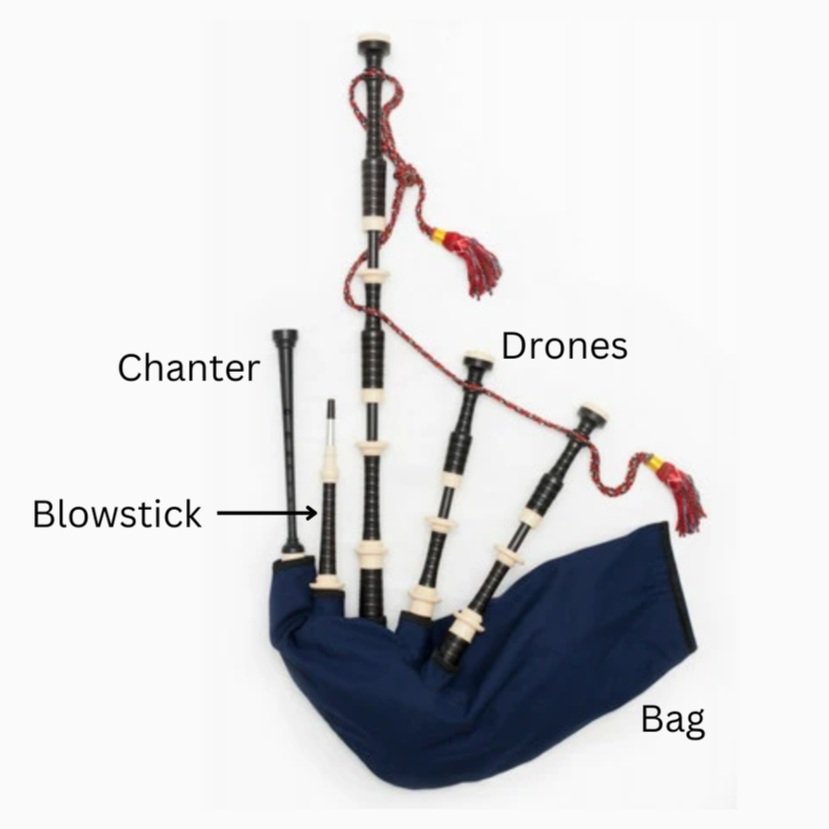Scottish Bagpipes - Love Them Or Hate Them
Dear Diary,
For some it’s music to their ears, for others it’s sheer torture.
You’ll find them as solo artists or part of a big marching band all across Scotland.
I’m talking about our national instrument: the bagpipe.
Bagpipe history
It remains a bit of a mystery how bagpipes made their way to Scotland initially. However, some believe that they originate from Ancient Egypt and go back hundreds and hundreds of years.
Nevertheless, the bagpipe was used as a wartime instrument and made its first appearance at the Battle of Pinkie in 1549. And they also played a significant part during the Highland uprisings of the early 1700s at the Battle of Culloden to inspire the battle.
Back then, the pipes replaced the commonly used trumpets. One big advantage of the pipe is that its sound travels up to 10 miles. If you’ve ever heard one playing, you’d understand why they have been chosen for battle. They are very loud indeed.
Funnily enough, once bagpipes were actually banned in Scotland, straight after the defeat at Culloden. Playing them was seen as an act of treason against the English king.
Bagpipes today
Today they are often part of gatherings, such as weddings. But bands also take part in national and international competitions, for example at the popular Highland Games.
By the way, bagpipes do exist in other cultures as well, like Spain or Arabic countries. However, the Scottish seem to be most famous for them.
How it works
Bagpipes consist of four main parts.
The blowstick
The bag
The chanter
The drones
Air is supplied by blowing into the blowstick. The bag holds the air and regulates its flow to allow the piper to breathe and keep a continuous sound.
The chanter is the melody pipe and the drone allows the pitch of the pipes to be altered. Standard pipes usually have three drones.
Red Hot Chilli Pipers
Most of you will probably associate traditional folk music with bagpipes, though there are modern song covers as well.
One of my favourite bands is the Red Hot Chilli Pipers.


